*Disclosure: This post may contain affiliate links to products (including Amazon). I’ll earn a small commission if you purchase through my link, at no additional cost to you! Regardless, I only link to products that I personally use on our homestead or believe in.
What is Homesteading?
While the spectrum of homesteading can be incredibly diverse, the core of it comes down to living a self-sufficient lifestyle that is focused on sustainability and simplicity.
For some folks, it might look like a true farm with 100 acres, a milk cow, chickens, and growing nearly all of the food they eat. For others, it might look like baking sourdough bread in an apartment instead of buying bread at the grocery store.
There’s no right or wrong way to homestead and we all start somewhere! As long as someone is making small steps to living a more sustainable and self-sufficient lifestyle, that counts as homesteading in my book.
The History Behind Homesteading
Homesteading traces its roots back to the pioneering spirit of the United States, particularly during the westward expansion era in the 19th century. At its core, homesteading was a government initiative aimed at encouraging settlement in the American West.
The Homestead Act of 1862
The signing of The Homestead Act of 1862 by President Abraham Lincoln was a pivotal moment in American history. It offered 160 acres of public land to citizens, including freed slaves, who agreed to cultivate the land and build a dwelling within five years.
After meeting the requirements, settlers could obtain the title for the land for $1.25 per acre. By 1934, over 270 million acres of land were transferred to private ownership. It will forever be seen as a symbol of opportunity, resilience, and the pioneering spirit that shaped the American frontier.
What a time to be alive, huh? I’m sure every day was faced with daunting hardship, but what an incredible opportunity to head out into the unknown and carve a life out for yourself with minimal investment.
Evolution of homesteading over time
Homesteading practices have evolved significantly since the enactment of The Homestead Act of 1862. Homesteading has since transformed into a movement toward self-reliance, sustainability, toxin-free living,g and a deeper connection to the land.
While traditional homesteading activities such as gardening, raising livestock, and food preservation remain integral, modern homesteaders often incorporate helpful modern tools to maximize efficiency. The best of both worlds, in my opinion!
Urban homesteading has also emerged as a viable option for those living in cities, enabling individuals to engage in homesteading activities within limited spaces. Community gardens are gaining in popularity as well, which is just awesome.
While the internet and social media have their negatives, they have also opened the door for the exchange of knowledge. If you grew up in the city (like me), this accessibility to information has been invaluable to be able to learn about a more self-sufficient and sustainable way of living in an increasingly complex world.
Modern Homesteading Practices
Homesteading has adapted over time by embracing some modern conveniences while still staying true to its core principles of self-sufficiency and sustainability. It has also shifted to urban locations as well – homesteading isn’t ONLY about living off the land in rural areas. It can be tailored to fit urban, suburban, and even apartment living!
Incorporating technology into the homestead
Just because you want to be an off-grid homesteader, doesn’t mean that you have to live in a grass hut with no electricity and no running water. While I’m a big supporter of stepping away from modern living, there are some things out there that make life a whole lot more enjoyable. I’d have a hard time giving up my daily hot shower, that’s for sure!
Smart homesteading tools
I’d be lost without my electric poultry netting, that’s for sure! I use it around my garden to keep critters out, and I also utilize it to protect and contain my chickens when they’re in temporary housing. The best part is that it can be powered with a solar unit, too!
Food preservation has made some huge advancements with tools such as dehydrators, freeze dryers, and chest freezers. If you plan to process your own animals, certain tools like vacuum sealers, meat grinders, and chicken pluckers can really make the job a breeze as well!
We’re currently carving out our new homestead on raw land and I have a new appreciation for modern machines like chainsaws, skid steers, and wood chippers, to name a few! It’s simply exhausting to think about doing massive amounts of work like that with hand tools only. Whew!
Lastly, there are some really great ways to stay organized with some modern tools. Organization is my strong suit, so I created a few Homestead Planners to help homesteaders (myself included!) record the right data to make improvements year after year. Definitely check them out!
Renewable energy solutions
This is something that we’re investing in heavily on our new homestead as we transition to become fully off-grid. The nice thing about living in the 21st century is that doesn’t mean that you have to live like it’s 1800 to go off-grid, either.
There are some amazing “modern” systems out there such as wood boilers, underground geothermal systems, generators, and solar power units with battery backup to power and heat an off-grid homestead. While the cost and complexity of setting these up can be high up-front, they will pay themselves off in the long run by having no utility bills.
Plus, the comfort of being self-contained and not reliant on the grid should the worst-case scenario happen is pretty much priceless.
Online resources and communities
This one is HUGE! I didn’t grow up in a homesteading family, so everything that I know now I learned from a book, a course, a class, a YouTube video, or a blog post. This is one of the wonderful aspects of the internet and having information readily available.
It’s also really easy to communicate and share information as well! If I’m stumped on an issue in the garden, I can simply call or text another gardening friend to figure out the answer.
*Looking for some good books to get started? Check out the ones that helped me in my homesteading journey in my article The 22 BEST Homesteading Books!
*Looking for a comprehensive course to start off on the right foot? Check out my popular courses How to Plan a Garden: Step-By-Step and Raising Pastured Meat Chickens: From Chick to Drumstick!
Urban homesteading
You don’t have to live on an acreage to become more self-sufficient, either! Actually, you don’t even need a yard! Community gardens are a great opportunity for those with limited space and they are gaining in popularity. Applications have increased a whopping 25% from 2020 to 2021!
I started my self-sufficient journey in a small city lot in 2008 with a simple in-ground garden and a few dwarf fruit trees along our driveway. I replaced our useless landscaping plants with perennial herbs and grew a grapevine up our chainlink fence. It was a great start and I learned a lot to prepare me for our 5-acre homestead to come in 2013.
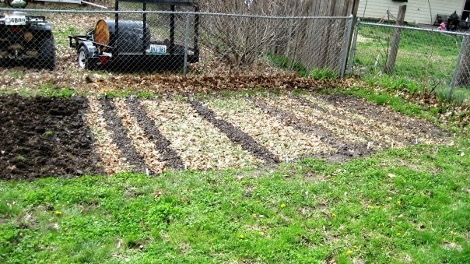
Thankfully, many cities are catching on to this self-sufficient movement and more and more are allowing homeowners to bring chickens into their backyards. Not interested in chickens yet? No problem!
Skills you can practice in a small space:
- Tap a large maple tree to make maple syrup
- Save veggie scraps and bones to make your own bone broth (bonus points if you pressure can it!)
- Brew your own kombucha
- Get honey bees!
- Buy extra produce at the local farmer’s market and preserve it so you can eat local in the winter, too!
- Grow microgreens on your kitchen counter
- Bake sourdough bread
- Learn how to sew and mend clothing
- Partner with a local CSA for grass-finished beef, and pasture-raised chicken and pork
- Forage for wild edibles and medicinal plants at parks and state land
- Learn how to repair things around the house, change your own oil, etc.
- Make DIY projects like tallow candles, lip balm, whipped tallow balm, and drawing salves!
- I could go on for days!
How to Get Started with Homesteading
So, you’re ready to jump into the world of homesteading to become more self-sufficient and live a more sustainable life, but what’s the best way to get started? There’s no one right path to success for everyone; the world of homesteading is vast and looks completely different from one person to the next. So, what’s the right path for you?
Assess your goals and resources
The best place to start is by taking a pause moment to sit down and assess what YOU want out of this journey. The key to success is balancing your passions with high-impact things to implement. Don’t waste your time on things you aren’t excited about, or things that won’t pay off in a meaningful way.
For example, let’s say you absolutely adore chickens AND your family goes through a lot of eggs every week. Then, getting chickens (if allowed in your city) would be a great first step! When planning a garden, grow the things that you buy most often! There’s no sense in growing pretty swiss chard if you don’t actually like to eat it.
On the other side of the spectrum, maybe you think goats are so cute and you’re tempted to add a few. However, if you don’t plan on using them for meat or milk, they’ll just add to your resource burden (housing, fencing, feed) instead of relieving it.
Lastly, it’s important to consider resources – time, money, and space. Someone who is on a limited budget, working full-time, and living in an apartment will likely start with a different set of skills than someone who is already on an acreage and has some wiggle room in their budget.
Research and learn skills
I know it’s hard to resist, but don’t just jump right into doing it without researching first, especially if there are animals involved. Spend time learning about the particular skill or animal you’re interested in, especially regarding your local environment and weather. Raising chickens in Minnesota is a WHOLE lot different than raising chickens in Texas.
I love a combination approach when it comes to learning something new. For the bulk of it, I like in-person workshops (if possible, but these are harder to find), followed by courses, and then books and blog posts. I also like following people local to me on social media to see what they’re doing and when.
Start small
This is KEY! It’s so easy to become overwhelmed and burned out when starting this journey. Believe me, we’ve all been there! I worked full-time and commuted 2 hours a day for the first 9 years of our homesteading journey and it was really tough. I wanted to do ALL the things but eventually got swamped and had to cut some things out to maintain my sanity.
Pick one skill at a time to learn about and experiment with. Once you feel comfortable with it and feel like you have the capacity for more, then move on to the next skill.
Sacrifice and hardship
This is the lesser-talked-about part of homesteading, but it’s VERY real. While homesteading is often referred to as simple living, it’s anything but simple and it’s definitely not easy. Be prepared to work hard, have things fail, say no to events, get up in the middle of the night to check on animals, cancel vacations, and deal with death.
While homesteading is an incredible lifestyle that grounds you and is very rewarding, it’s not for everyone. You may need to downsize to a cabin or even a camper to be able to afford the land. You may need to give up vacations to purchase livestock. Not everyone is willing to do that, and that’s okay!
When I was working full-time, I used nearly all of my PTO days to “catch up” on chores on our homestead. I’ve had to get comfortable with euthanizing animals that are suffering. Eating out “because I don’t feel like cooking” isn’t even an option where we live because restaurants are too far away to make it feasible.
It’s hard work with a neverending chore list, but I wouldn’t have it any other way. I’ve never felt more alive!
Other Articles You’ll Love:
- The 22 BEST Homesteading Books
- 30 Useful Gifts for Homesteaders
- Principles for Food Preservation
- How to Care for Chickens: A Beginner’s Guide

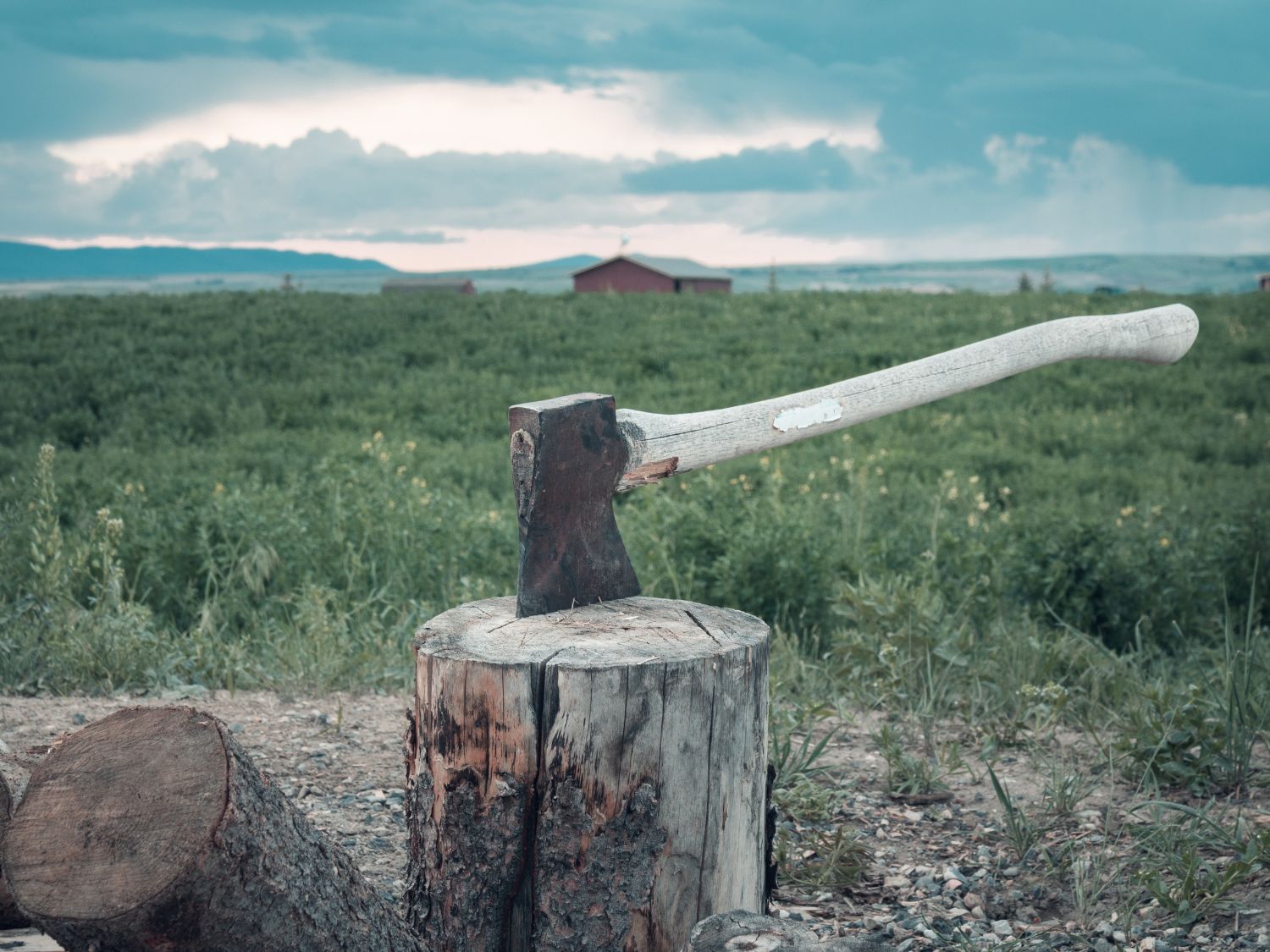
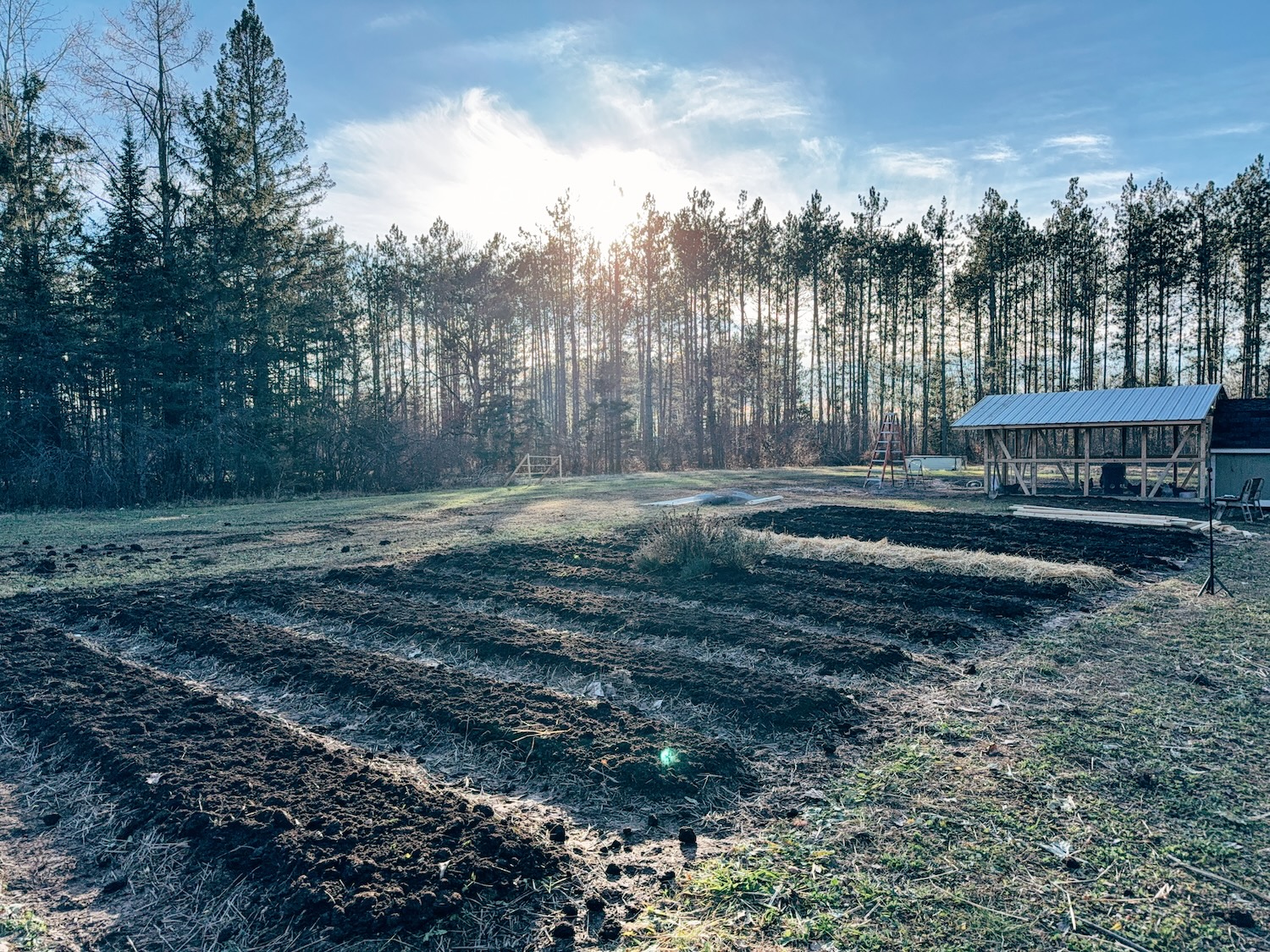
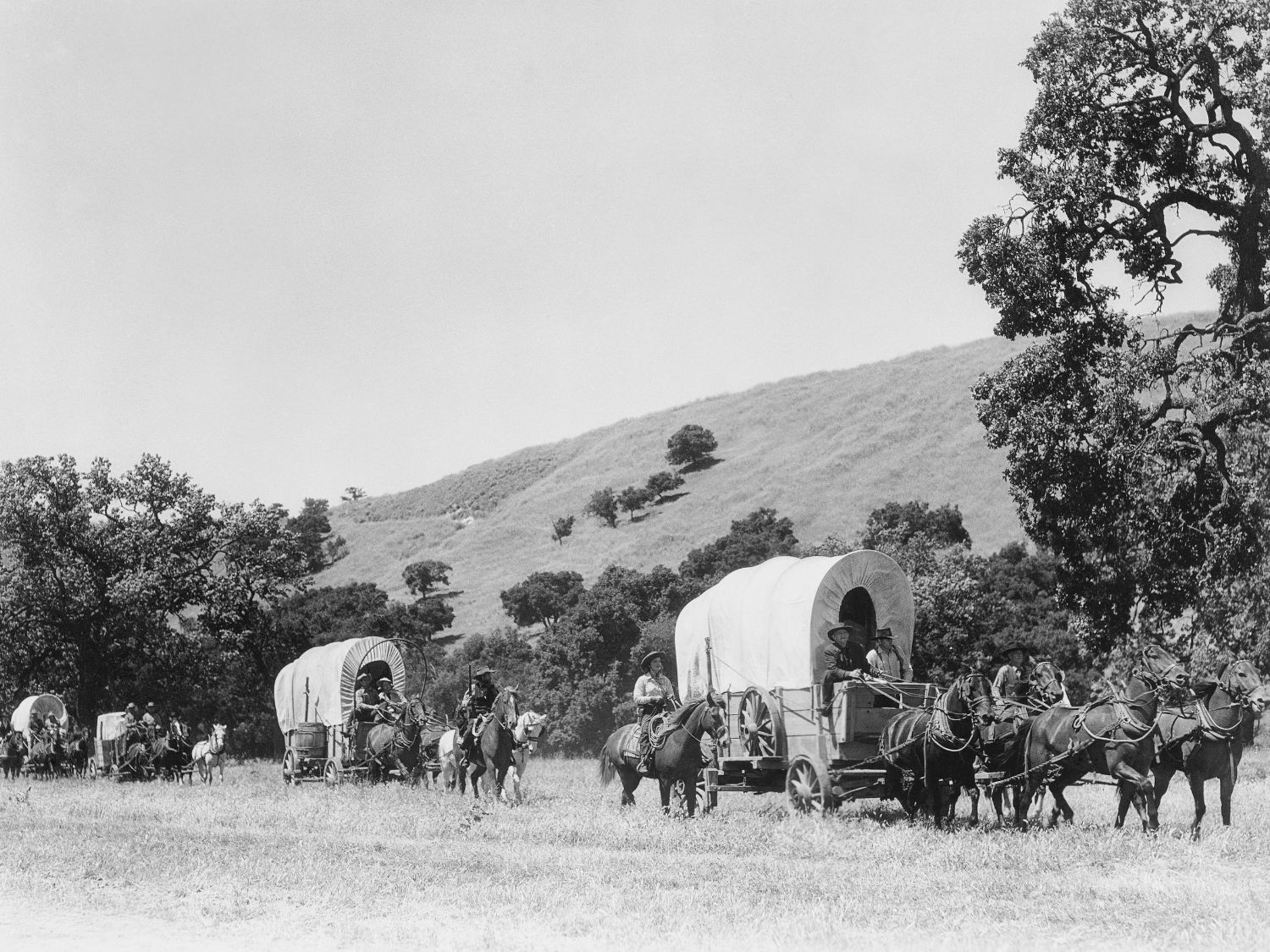
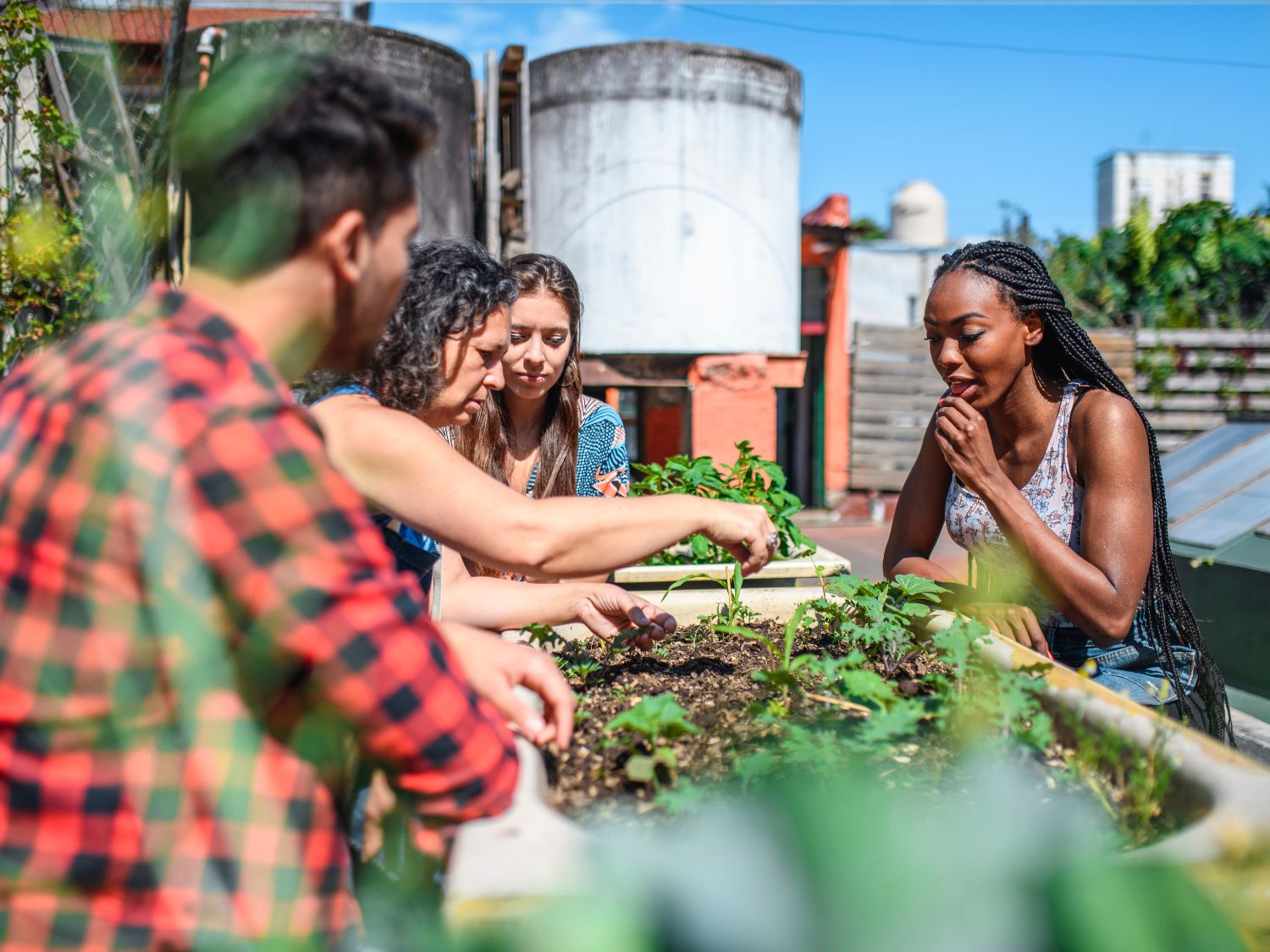
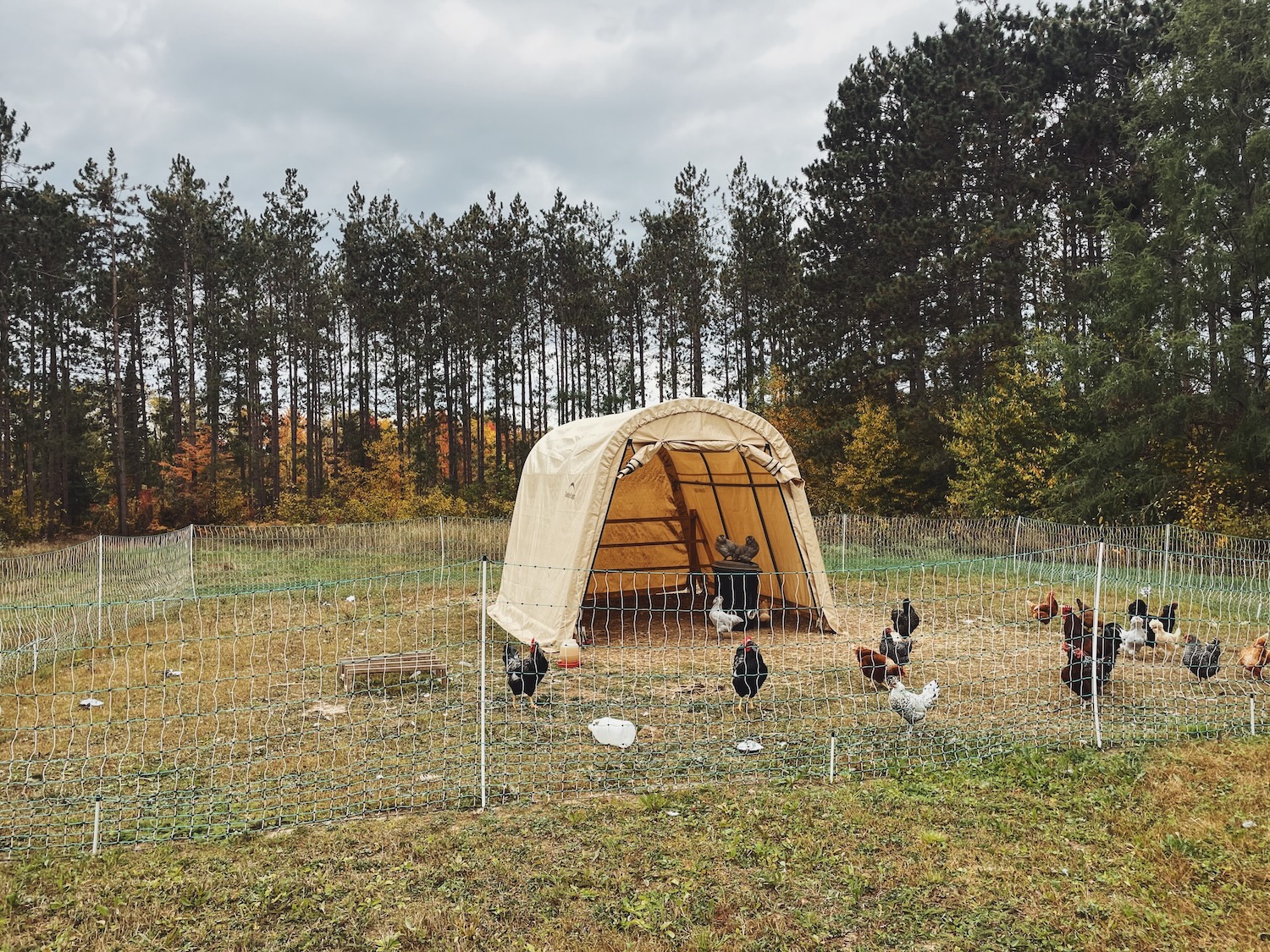
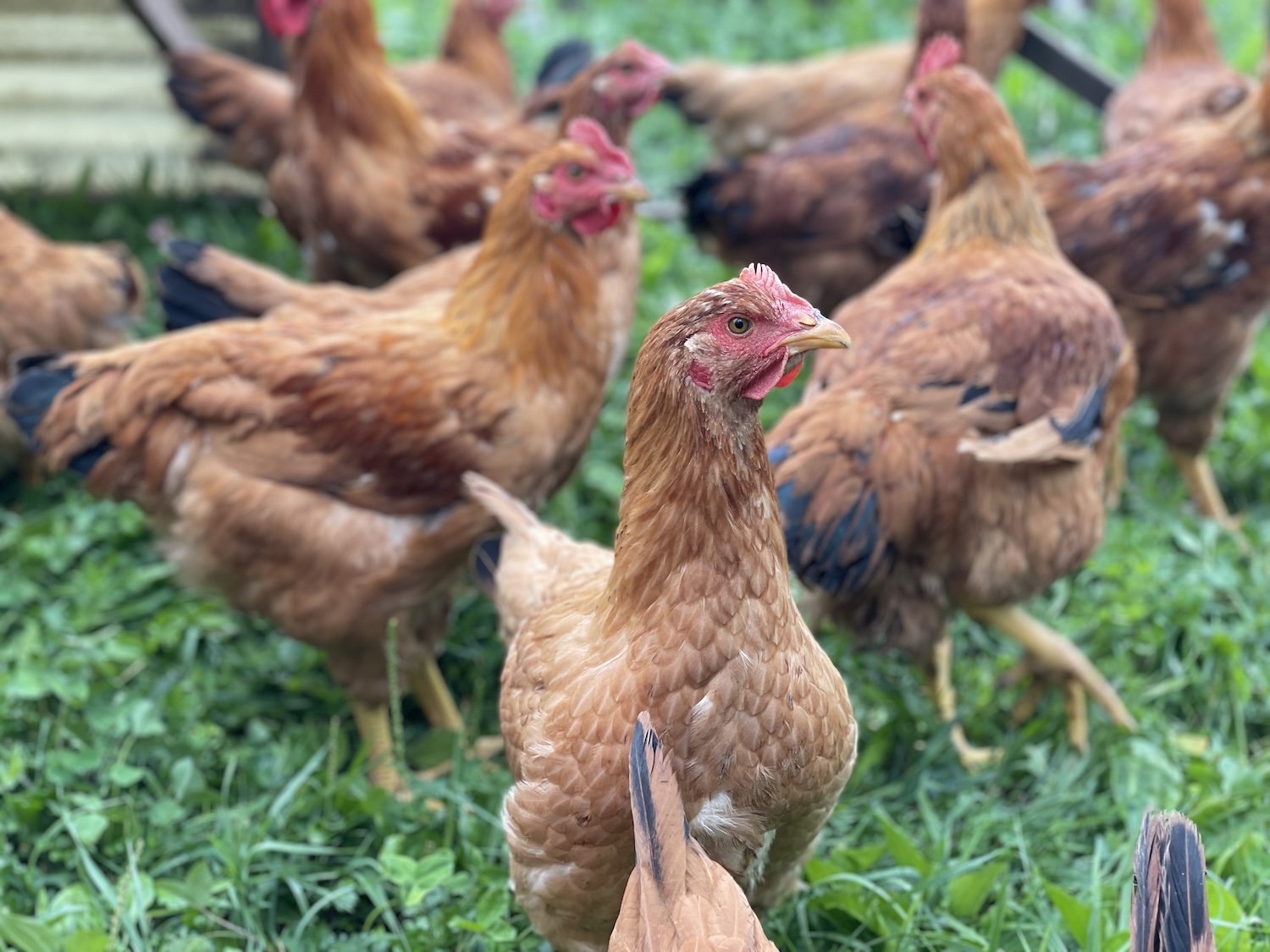
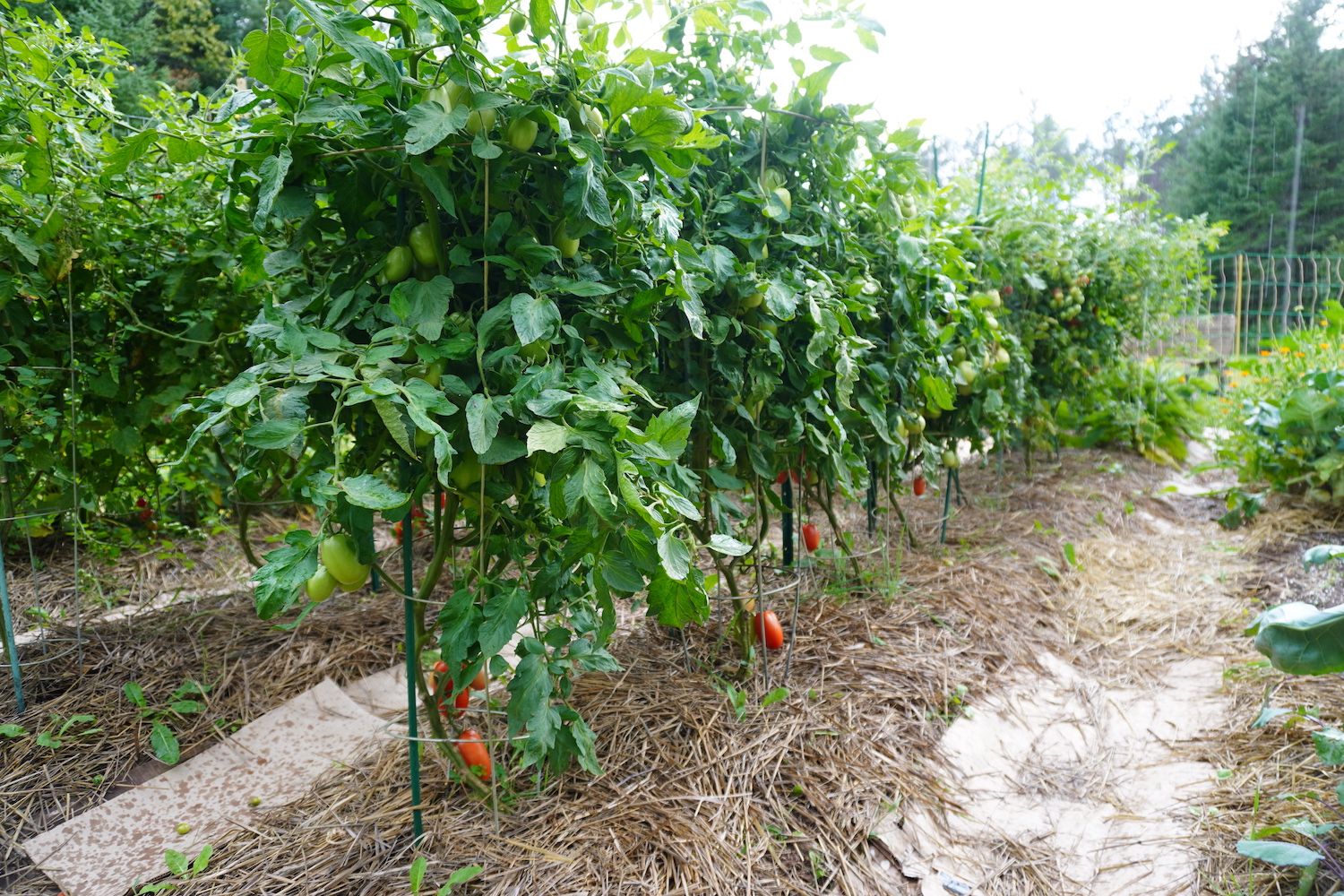
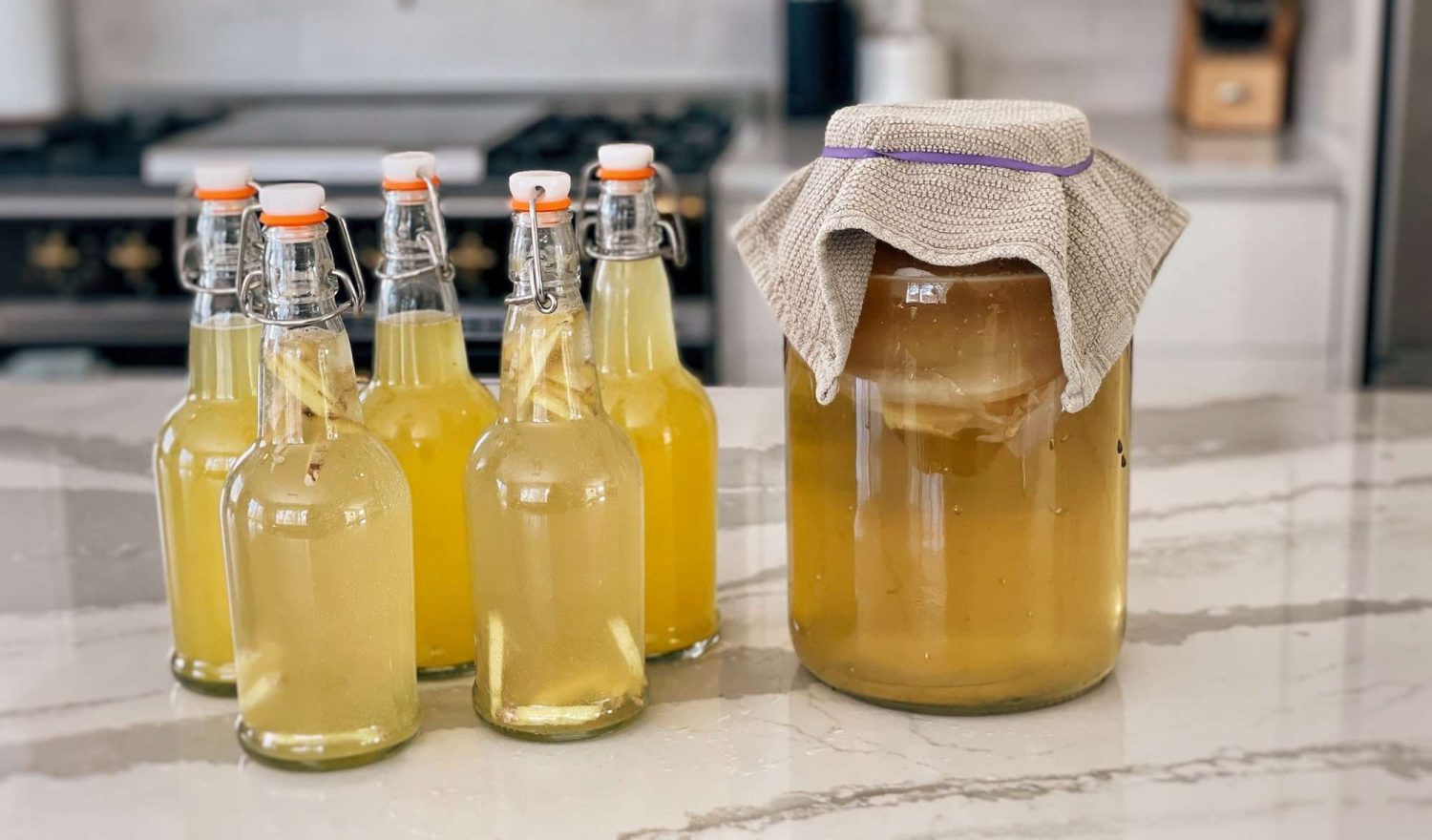
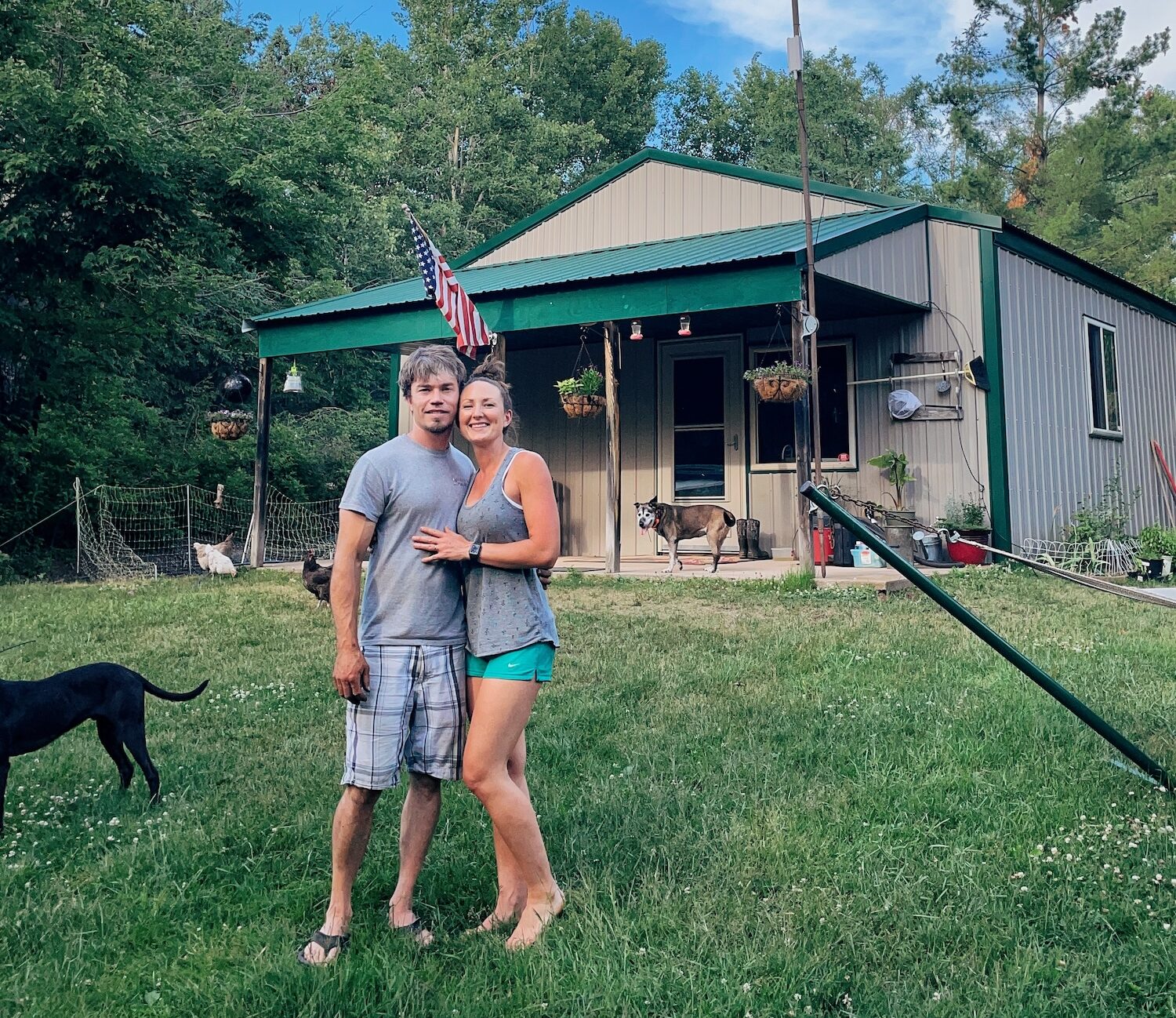

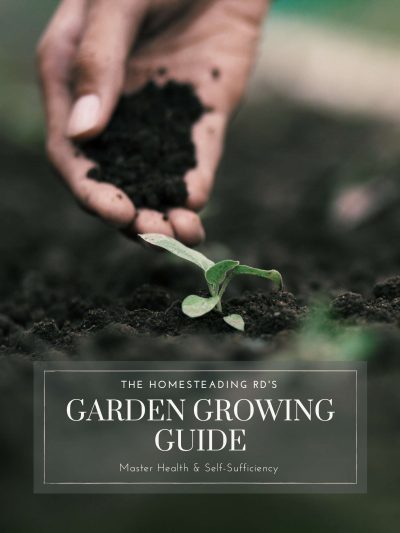
What are the key principles and practices of homesteading as outlined in the article?
The key principles are self-sufficiency and sustainable living 🙂